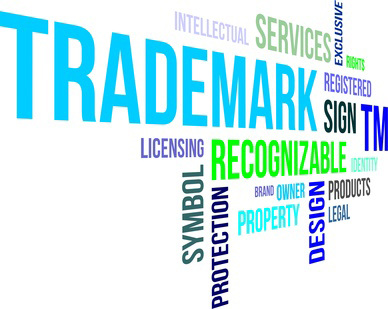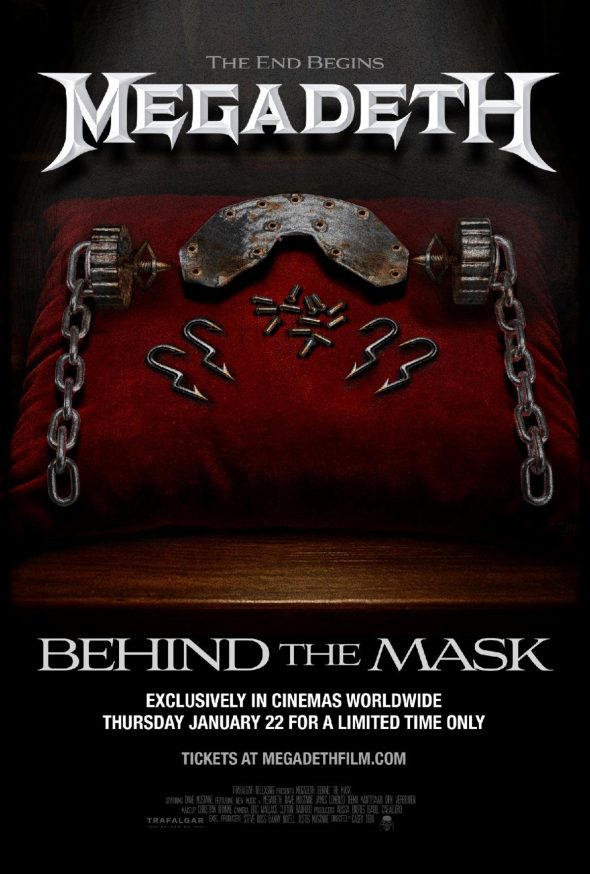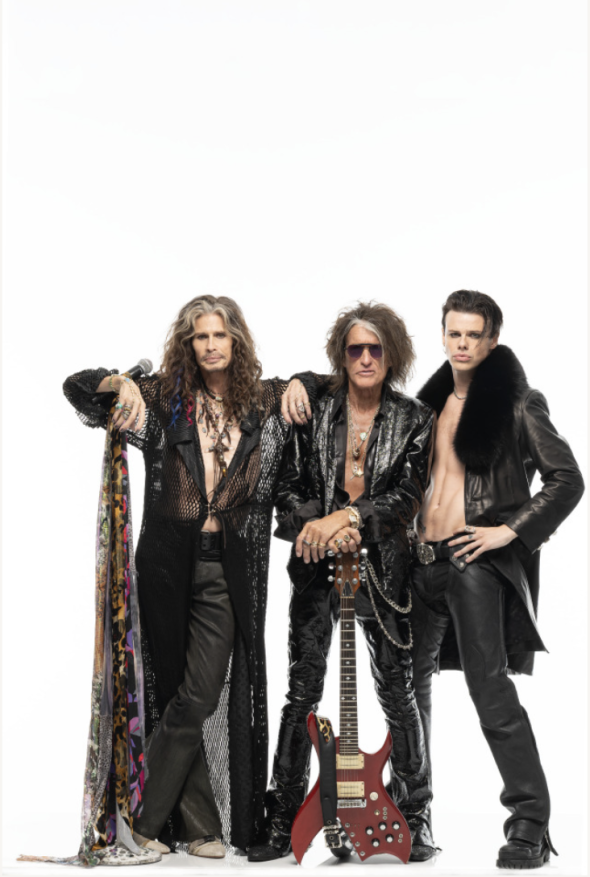Product or packaging design protection
Most of you are familiar with standard trademark forms — namely, words, slogans and phrases, and logos. These typical forms of indicia help you (or any other consumer) separate different goods and services from the individuals and companies that offer them to you.
 However, trademarks can take less familiar forms. For instance, colors (e.g., use of the color red on Louboutin shoes) and sounds (e.g., the NBC three-chime jingle) can both serve as trademarks.
However, trademarks can take less familiar forms. For instance, colors (e.g., use of the color red on Louboutin shoes) and sounds (e.g., the NBC three-chime jingle) can both serve as trademarks.
Additionally, federal law protects certain forms of “trade dress,” meaning the visual appearance of a product or its packaging. The purpose of this protection is to eliminate confusion that can result when consumers are presented with products (or packaging) that are designed to imitate others.
You may already be acquainted with the following product designs, which are registered as trademarks with the U.S. Patent and Trademark Office:
U.S. Trademark Reg. No. 3,976,202:

U.S. Trademark Reg. No. 4,107,670:

U.S. Trademark Reg. No. 3,908,147:

U.S. Trademark Reg. No. 3,889,103:

If you’re particularly astute, you may recognize these drawings as guitar designs. But what may be less obvious is that they are distinct features of guitars made by Gibson Guitar Corp., who owns these designs as protectable intellectual property.
By granting trademark protection to the visual aspects of Gibson’s guitars, the law aims to prevent you (the consumer) from purchasing another company’s guitar under the mistaken belief that it is, say, one of Gibson’s Les Paul® or Melody Maker® models (note that these two names are registered trademarks as well).
Before any of you rush out to file a federal trademark application, know that not just any designs can serve as trademarks. To receive trademark protection, your trade dress must at least meet the following requirements:
- Functionality. The trade dress cannot be “functional,” in other words, the design or packaging of the product at issue cannot serve a purpose other than to create recognition in a consumer’s mind as to the source of the product. The shape of the guitar head in Registration No. 3,976,202, for example, is shaped that particular way not necessarily because it gives the guitar a better sound, but because Gibson wanted a unique design that would convey a message to purchasers that “this is a Gibson® guitar.”
- Distinctive. The trade dress must be distinctive, in other words, it must actually indicate the source of the product. As far as product design (as opposed to packaging) is concerned, distinctiveness can only be “acquired,” meaning gained through actual use of the design in the marketplace, to the point where consumers have learned to associate that product design with aspecificproducer or manufacturer. To help you visualize the idea, think about your associations when you see an iPhone , or a square burger patty.
Gibson has gotten into several legal battles over guitar designs, the most notable of which is Gibson Guitar Corp. v. Paul Reed Smith Guitars, LP, in which Gibson sued Paul Reed Smith for trademark infringement of both: (i) its registered trademark in the two-dimensional Les Paul guitar shape (which features a single cutaway at the neck-to-body joint), and (ii) its non-registered or “common law” trademark rights in the Les Paul guitar model as a whole.
While that particular battle ended in favor of Paul Reed Smith, the court’s decision ultimately rested on the determination that Paul Reed Smith’s guitars were not likely to cause confusion with Gibson’s, and not whether Gibson had trademark rights in the guitar designs.
Even if this information is not particularly relevant to your everyday life, it’s at least worth knowing that companies like Gibson invest heavily in their brands, which can take numerous forms. And whether or not you are aware, playing a live show with a distinctively-designed instrument may just add to that investment.
Justin Haddock, an IP associate in Norton Rose Fulbright’s Austin office, can be reached at +1 512 536 3024 and justin.haddock@nortonrosefulbright.com. One of the world’s largest legal practices, Norton Rose Fulbright represents preeminent corporations and financial institutions in their most important matters. With more than 3,800 lawyers in over 50 cities worldwide, Norton Rose Fulbright is known for its depth and breadth of experience in the following key industry sectors: financial institutions; technology and innovation; energy; life sciences and healthcare; transportation; and infrastructure, mining and commodities.




